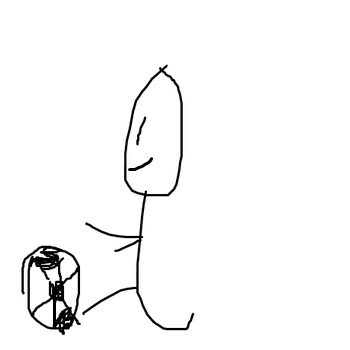Question #8f183
1 Answer
Diffraction refers to various phenomena associated with wave propagation, such as the bending, spreading and interference of waves passing by an object or aperture that disrupts the wave.
It occurs with any type of wave, including sound waves, water waves, electromagnetic waves such as visible light and radio waves, and even particles (according to the principles of quantum mechanics, any particle has wave properties).
While diffraction always occurs, its effects are generally most noticeable for waves where the wavelength is on the order of the feature size of the diffracting objects or apertures.
The most colorful examples of diffraction are those involving light; for example, the closely spaced tracks on a CD or DVD act as a diffraction grating to form the familiar rainbow pattern we see when looking at a disc

